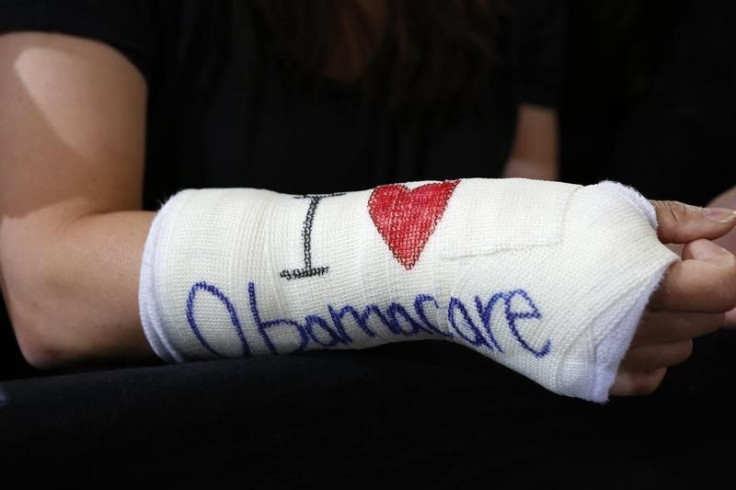What Is The Cadillac Tax? A Simple Explainer On Health Insurance Levy And Why People Are For Or Against It

A lot of people — legislators, presidential candidates, journalists, economists, pundits — are talking about the so-called Cadillac tax, arguing over whether it will work when it goes into effect in 2018, what unintended consequences it could have, whether it should be repealed. But what is the Cadillac tax, exactly, and whom does it affect?
A good clue to understanding the Cadillac tax is in its name, which is actually a nickname. A component of the Affordable Care Act, it is levied on only the most expensive employer-sponsored health insurance plans—the so-called Cadillacs of health coverage. While the tax is imposed on insurance companies, it’s expected to be passed on to employers, and then, some fear, to employees. Health insurance plans subject to the tax are those with premiums totaling more than $10,200 annually for an individual and $27,500 a year for families.
Here’s how the tax works: For every health insurance plan that exceeds the thresholds listed above, starting in 2018 insurers have to pay a tax of 40 percent of the extra amount. For example, if a family plan costs $30,000 dollars a year, it exceeds the $27,500 threshold by $2,500, so the insurer, or realistically an employer, would have to pay 40 percent of $2,500, or $1,000 per plan, the Kaiser Family Foundation explained.
Clinton wants to repeal the Cadillac tax. Here's what the public thinks http://t.co/5aaKhnCpGa @KaiserFamFound pic.twitter.com/WgMMQk6Zgh
— Margot Sanger-Katz (@sangerkatz) September 30, 2015
The aim of the Cadillac tax is to rein in healthcare spending and cut costs while providing another stream of revenue for the government. The tax is supposed to encourage companies to pay their employees higher salaries or wages, instead of compensating them with lavish health benefits, which the government currently does not tax.
In that way, it could help shift spending away from medical care, reducing demand for and thus helping to push down the costs of care. The idea is that these expensive Cadillac plans are too generous, allowing or even encouraging people to go to the doctor when they might not need to.
Healthcare spending in the U.S. reached $3.8 trillion in 2014, up from $2.9 trillion the year before, and the government has projected such spending will surpass $5 trillion in 2022. Some experts have estimated that up to one-third of U.S. healthcare spending is “unnecessary and wasteful,” due in part to “overuse of services,” according to a report by the Robert Wood Johnson Foundation in 2013.
Why the Cadillac tax is really under fire from both the left and right: http://t.co/Hs6j235MYu by @MayaMacGuineas pic.twitter.com/WQJ6OHimmF
— WSJ Think Tank (@WSJThinkTank) October 2, 2015
But even with the need to rein in spending and streamline healthcare use, a lot of people dislike the Cadillac tax on both practical and ideological grounds. Republicans and Democrats in Congress have actually found common ground in their desire to repeal it, albeit for different reasons. Democratic presidential candidate Hillary Clinton has said the tax should be repealed, on the grounds that it would shift costs to the middle class.
Opponents of the tax argue that the thresholds for plans are poorly chosen, stymieing market forces that would make healthcare pricing more efficient. It could push employers to simply offer employees cheaper health insurance with less coverage, without actually making the U.S. healthcare system more efficient.
At first, not many people would be directly affected by the tax, according to an analysis from the Tax Policy Center that found that 6 percent of U.S. households would be taxed or have their healthcare plans changed because of it, the New York Times has reported. But as health insurance premiums continue to rise, more and more plans could be subject to the Cadillac tax.
Still, no one can predict the exact impacts and consequences of the Cadillac tax and whether it will change the way people see their doctors, tamp down healthcare costs and spending, or ultimately make people healthier. The jury is still out on those questions—but the debate rages on.
© Copyright IBTimes 2024. All rights reserved.












